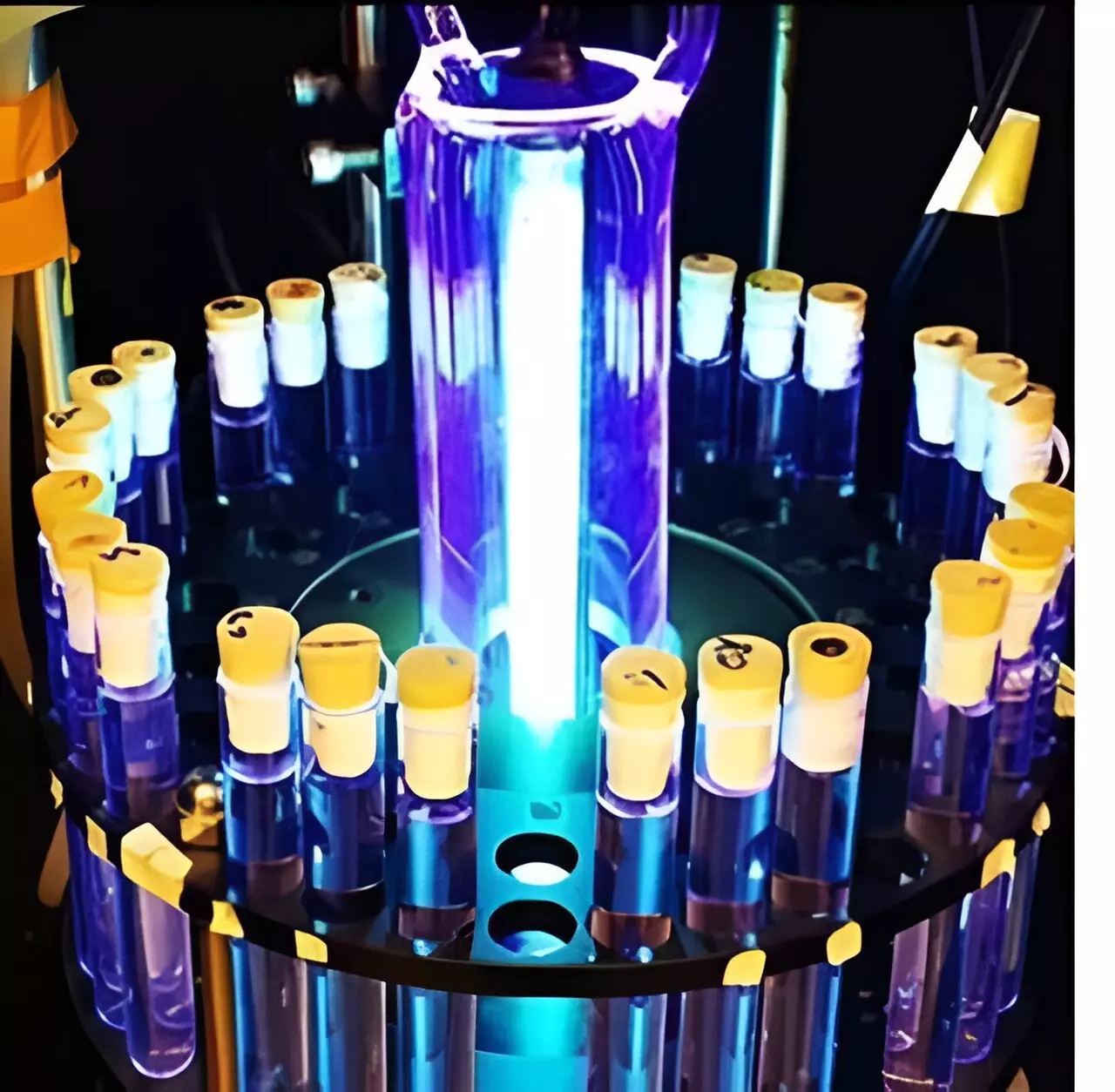A groundbreaking discovery by researchers at UC Riverside has the potential to revolutionize the way water providers deal with “forever chemicals” in drinking water. These chemicals, known as PFAS (poly- and perfluoroalkyl substances), have been widely used in various products but are now being phased out due to their harmful impact on human health. With new federal standards limiting PFAS concentrations in drinking water, finding effective cleanup solutions has become a top priority for water providers nationwide.
Led by Professor Haizhou Liu, the UC Riverside team has identified a chemical process that utilizes high levels of salt typically found in wastewater from water treatment plants to break down PFAS compounds. This innovative approach involves leveraging the catalytic properties of salt to cleave the strong fluorine-to-carbon bonds present in PFAS molecules. While salt is usually considered a hindrance in the cleanup of chemical pollutants, in this case, it serves as a catalyst for the efficient destruction of PFAS.
Published in the journal Environmental Science & Technology, the study outlines the effectiveness of this new process in breaking down both long-chain and short-chain PFAS compounds. By irradiating water with short-wavelength ultraviolet light, without the need for additional chemicals or leaving behind toxic residuals, the researchers were able to achieve near-complete destruction of PFAS. This approach is not only faster but also more effective compared to traditional methods of PFAS remediation.
The discovery by Professor Liu’s team has significant implications for both municipal and privately owned water providers. For those utilizing ion exchange technology to remove PFAS from drinking water, the newfound process offers a sustainable solution for treating brine waste containing PFAS pollutants. By harnessing the catalytic properties of salt in wastewater, water providers can now efficiently cleanse their water supplies of harmful PFAS contamination.
Moreover, the benefits of this discovery extend beyond ion exchange treatment plants. Industries producing brine wastewater contaminated with PFAS, such as membrane reverse osmosis filtration technologies and landfill leachate wastewater, can also leverage this method for effective cleanup. The process developed by Professor Liu and his team presents a versatile and efficient solution for addressing PFAS pollution in various industrial and environmental settings.
The groundbreaking research conducted at UC Riverside has unlocked a promising avenue for addressing the challenges posed by PFAS contamination in water sources. By developing a novel process that harnesses the power of salt as a catalyst for PFAS destruction, Professor Liu and his team have provided water providers with a sustainable and effective solution for combating forever chemicals in the water supply. This discovery marks a significant step forward in the ongoing efforts to safeguard public health and the environment from the harmful effects of PFAS pollution.



Leave a Reply